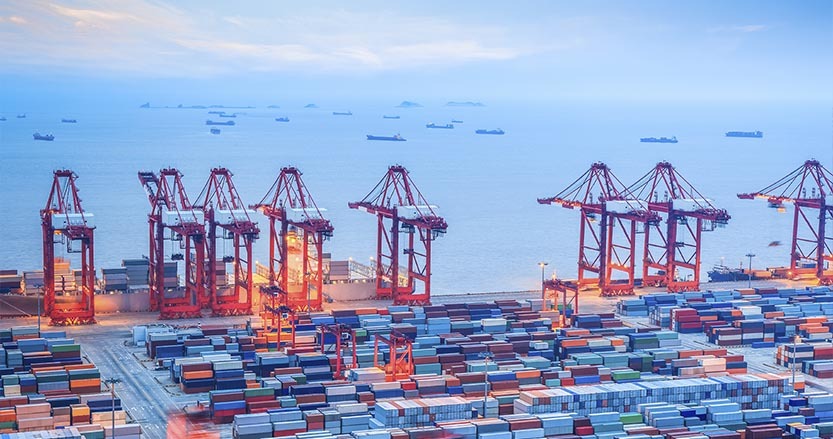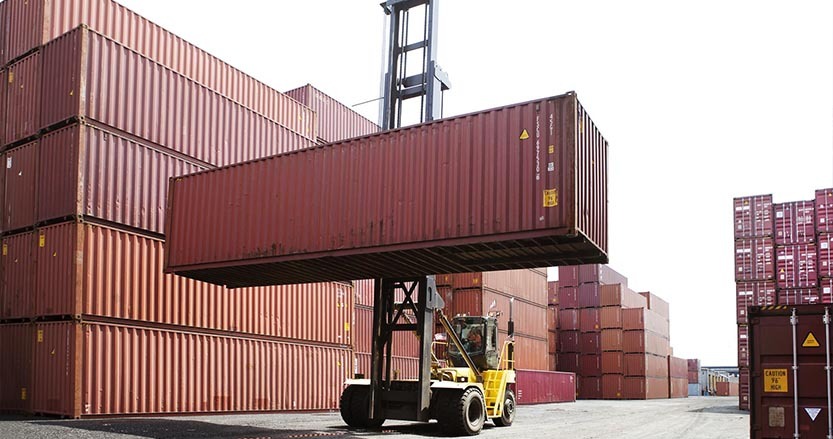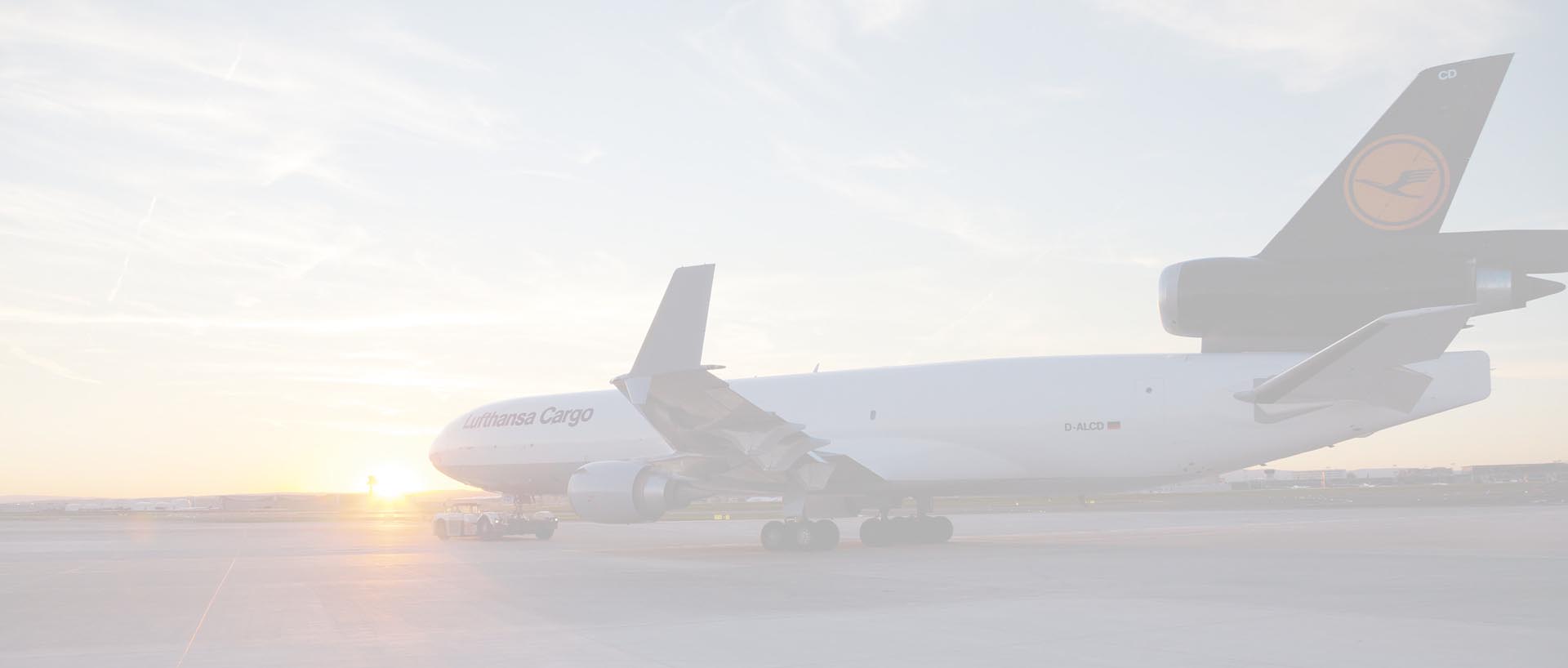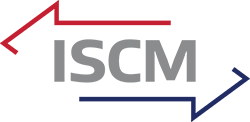FOREIGN TRADE ZONES
Whether you are a company looking to improve your cost competitiveness, or an economic development organization looking for a way to attract local investment, we can show you how this federal program can shave millions from the cost of doing business internationally, and help buffer your organization against abrupt cost increases in a constantly changing trade environment. Already running an FTZ? Support from our team gives you access to a level of experience unmatched in the industry. No more waiting for your ticket to ‘escalate’!
- Inverted Tariffs
- Duty-Free Manipulation
- Merchandise Processing Fee
- Exports
- Broker Fees
- Carrying Costs
- Direct Delivery
- Reject, Scrap, and "Consumed" Merchandise
- Duty Avoidance on Waste, Spoilage and Off-fall
- Zone-To-Zone Transfers
- Quota Timing

Some manufacturers face the situation where the duty rate on the parts they import is higher than the duty rate would be if they imported their finished product from abroad. That means the duty rate would be lower if they moved their factory outside the country, contrary to government intent. To resolve this anomaly, the Foreign-Trade Zone program allows manufacturers to pay duty at the rate of either the input part rate or the rate of the finished good, whichever is lower. This is typically the largest category of savings for companies that qualify for the Zone program, and can be more than $10 million per year for large manufacturers.
Goods imported into the zone may be tested, inspected, re-packaged, re-labeled, aged, cured and exhibited; all without payment of duty. U.S. Customs duty is paid only when and if the goods are withdrawn from the zone, only on the quantities withdrawn, and only on the value of the foreign inputs.


U.S. Customs assesses a "Merchandise Processing Fee" (MPF) per entry which is calculated as 0.3464% of the declared value of the merchandise, up to a maximum of $485 per entry. Foreign-Trade Zones users are only required to submit one entry per week for all shipments leaving the Zone, helping to ensure Zone operators never pay more than the $485 cap per week. This is typically one of the largest category of savings for companies that qualify for the Zone program, especially for distribution companies.

The Department of Commerce has recently taken steps to make it faster and easier to get into the Foreign-Trade Zones program. However, many companies need help developing and implementing the new reporting requirements that U.S. Customs places on program participants. We can make an accurate calculation of the savings your firm might enjoy through participation in the U.S. Foreign-Trade Zones program and help you through all phases of implementation if that is warranted. We have setup manufacturing and distribution Zones in ports across the country and can guide you all the way through startup and operation to make sure you capture every amount to which you are entitled.
